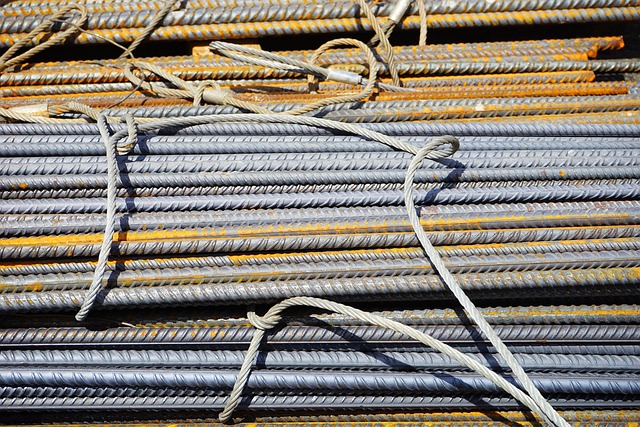When it comes to revolutionizing recycling, the use of transformed materials plays a crucial role in shaping a carbon-neutral future. The concept of transformed materials may sound technical, but its impact on sustainable development and reducing our ecological footprint is immense.
As we strive to create a more sustainable world, the utilization of transformed materials in recycling processes is key. These materials undergo innovative processes that not only allow for efficient recycling but also contribute to the development of green technologies. By transforming materials into new products or resources, we can minimize waste and maximize resource efficiency.
One of the ultimate goals of incorporating transformed materials in recycling is to move towards a carbon-neutral future. By reimagining how we utilize and repurpose materials, we can significantly reduce greenhouse gas emissions and lessen our impact on the environment. This shift towards carbon neutrality is critical in combating climate change and preserving our planet for future generations.
It’s time to embrace the power of transformed materials in recycling and recognize their role in sustainable development. Together, through the adoption of green technologies and a commitment to reducing our ecological footprint, we can pave the way towards a more sustainable and carbon-neutral future.




